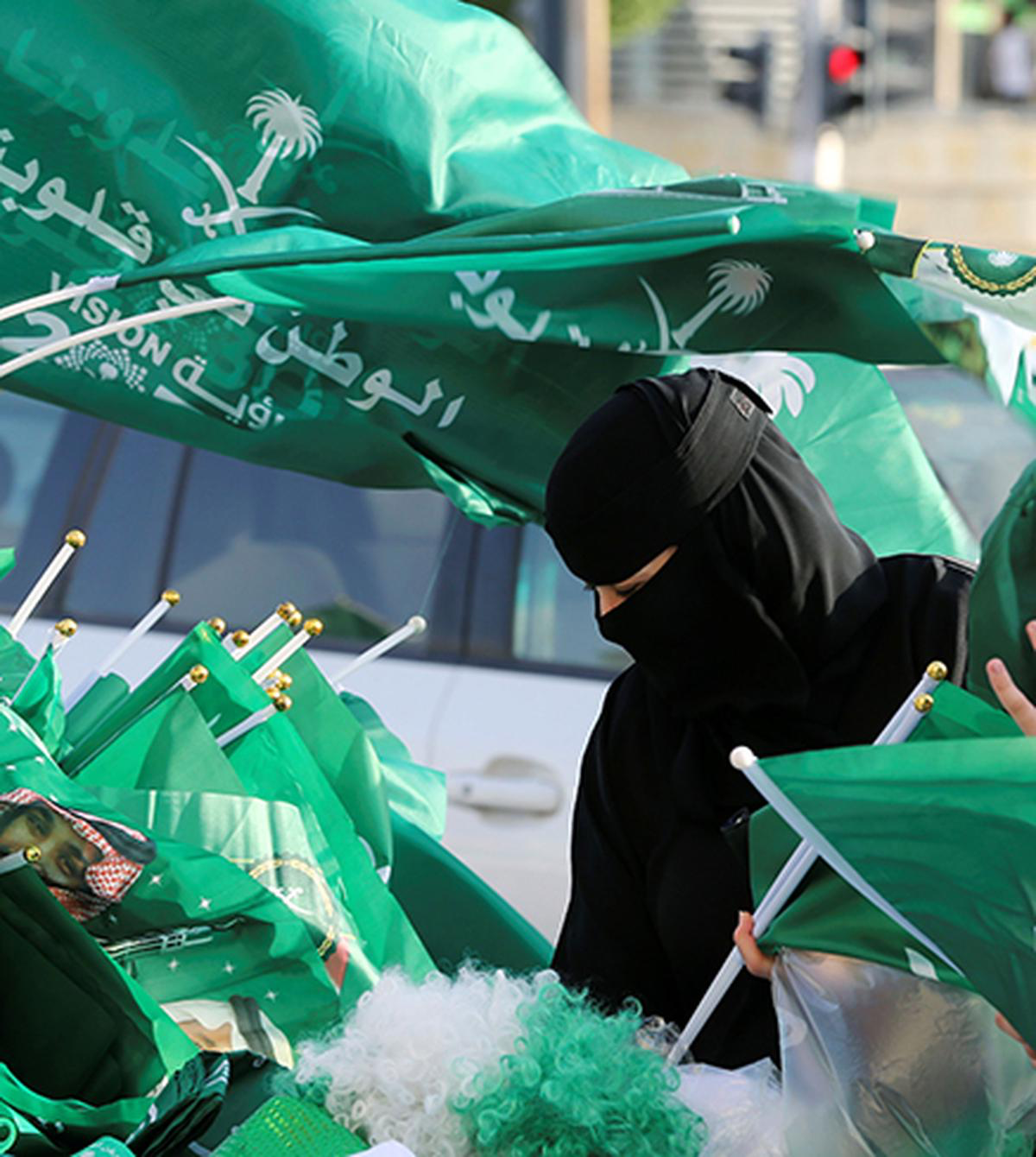Free Courses Sale ends Soon, Get It Now


Free Courses Sale ends Soon, Get It Now



Copyright infringement not intended
Context: Recently, India and Saudi Arabia discussed signing a Mutual Legal Assistance Treaty (MLAT) to obtain formal assistance from each other in investigations related to criminal cases.
Details:
Background:
India and West Asia:
Importance:
Issues:
India’s Look West policy:

Background of India Saudi relations:
© 2024 iasgyan. All right reserved